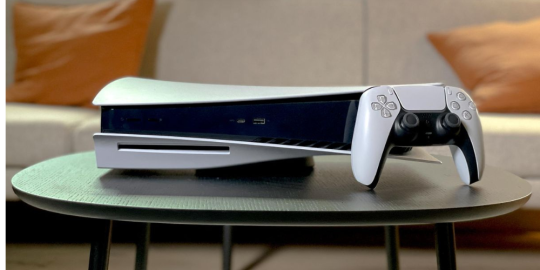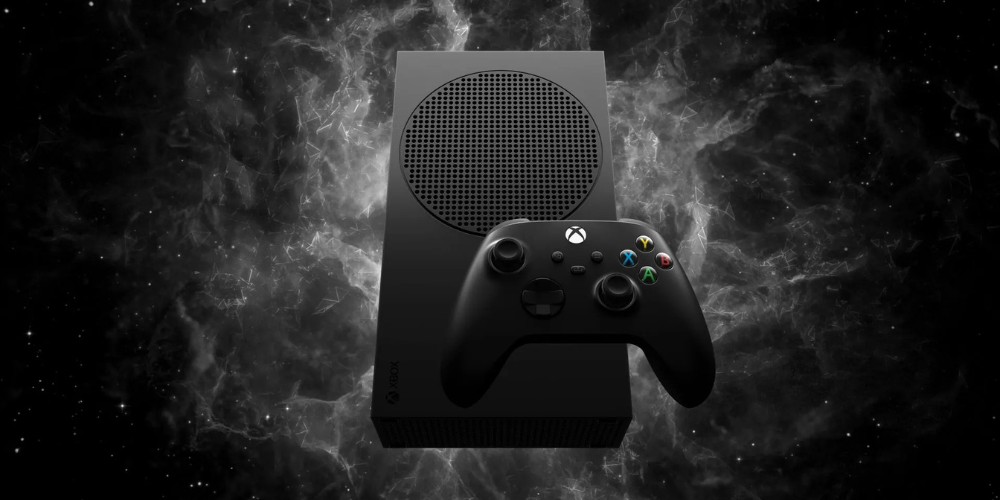
The Evolution of Console Aesthetics
Gaming consoles have transitioned from simple, function-driven boxes to complex works of technological art. This evolution reflects the changing landscape of the gaming industry, where consumer expectations for both performance and design are higher than ever. Today's consoles must not only deliver robust gaming experiences but also seamlessly integrate into a variety of living spaces with their aesthetic appeal.
User-Centered Design: Crafting the Gaming Experience
When designing a console, user interaction is at the forefront. Engineers and designers collaborate to ensure that the placement of buttons, vents, and ports leads to an intuitive user experience. The goal is to make sure gamers can immerse themselves in virtual worlds with ease and comfort – all while being guided subconsciously by the console's thoughtfully considered ergonomic design.
Balancing Act: Performance vs. Presentation

Behind every console’s design lies a delicate balance between raw performance capabilities and aesthetic presentation. Internal components like processors, hard drives, and cooling systems dictate a console's size and shape; however, designers must cloak these necessities in appealing exteriors. This harmonization of technology and style defines a console's potential success both on store shelves and in gamers' homes.
Achieving this balance requires a keen understanding of both engineering and consumer psychology. Designers work tirelessly to ensure that internals not only meet the high demands of cutting-edge gaming but also fit within a visually pleasing and ergonomic form factor. This involves countless iterations and prototypes, meticulous material selection, and an acute awareness of current design trends. Additionally, the final product must withstand rigorous user testing to ensure durability and user comfort.
Not to be overlooked is the console's brand identity, which is often conveyed through its design – sleek lines might suggest futuristic capabilities, while a robust, substantial form can imply power and reliability. All these factors must coalesce seamlessly to create a product that appeals to both tech enthusiasts and casual users alike, ensuring a widespread embrace upon release.
Innovation Through Materials: Building Beauty That Lasts
Developers continuously explore new materials to enhance both functionality and beauty, pushing the boundaries of what gaming consoles can achieve. Attention to detail is paramount, as the selection of innovative materials can fundamentally alter the user experience. For instance, brushed metals that resist fingerprints not only provide a sleek and high-end appearance but also reduce the need for frequent cleaning, allowing users to enjoy their devices without distraction.
Moreover, ventilated patterns are designed with precision to promote heat diffusion, keeping the console cool during intense gaming sessions without generating additional noise that could affect immersion. Material choices, therefore, contribute significantly to the overall quality and aesthetic appeal of a console’s design.
Furthermore, the use of durable materials is essential to ensure that consoles can withstand the rigorous, often extended hours of gameplay that passionate gamers demand. High-quality plastics, reinforced by advanced polymers, offer resistance to wear and tear, while scratch-resistant coatings protect against accidental scuffs.
This combination of durability and visual appeal ensures that a console maintains its pristine look and performance even after prolonged use. As technology advances, developers are increasingly able to integrate these sophisticated materials into their designs, marrying functionality with elegance and ultimately providing a superior, immersive gaming experience.
Cultural Resonance: When Consoles Reflect Trends

Console aesthetics often mirror prevailing cultural trends or aim to set new ones. Whether it be through minimalism, which emphasizes sleek lines and simplicity, or futuristic motifs that hint at advanced technology and innovation, each generation's leading consoles serve as time capsules for popular style sensibilities. These designs not only capture the imaginations of gamers with their visual appeal, but they also resonate with contemporary tastes, ensuring that the consoles feel relevant and desirable at the time of their release.
As the years pass, these designs often inspire a sense of nostalgia, reminding players of the specific era in which the console was a centerpiece of their gaming experience. The evolution of console aesthetics can, therefore, be seen as a reflection of broader cultural shifts, from the bold, bright colors and extravagant shapes of the 90s to the more subdued and functional designs of recent years. Ultimately, the appearance of a console can tell us just as much about the period in which it was created as the games it played, making each system an artifact of its time.
Customization Craze: Personalizing the Play Space
The modern era has seen a remarkable surge in customizable options for gaming consoles, providing players with a plethora of ways to make their gaming systems uniquely their own. Among the array of personalization choices, interchangeable faceplates stand out as a popular feature, allowing users to swap out the exterior shell of their console for one that better reflects their tastes and preferences. In addition to faceplates, many consoles now offer adjustable LED lighting, which can be fine-tuned to match any color scheme or to create stunning light displays that enhance the ambiance of a gaming setup.
The Summation: Achieving Cohesion in Console Creativity
As we draw to a close on our comprehensive examination of the intricate symbiosis between aesthetic form and utilitarian function in the realm of console design, it becomes increasingly evident that the creation of a successful gaming platform extends well beyond the realm of mere technical capability. It is the result of a beautiful and thorough process of design synthesis, where careful consideration is dedicated to harmoniously integrating visual appeal with practicality, ergonomics, and performance.
It is a delicate balancing act where designers and engineers labor to ensure that each gaming device not only fulfills the high-performance expectations of its users but also engages their senses with its visual and tactile qualities.
Every curve, button, and interface is meticulously crafted, not just for its intended functionality but also to contribute to an overall aesthetic that resonates with gamers’ stylistic preferences. It is about crafting an experience that is as visually and tactually satisfying as it is thrilling in its interactive capabilities. As technology rapidly advances, breaking new grounds in processing speed, graphical output, and interactive possibilities, this marriage of form and function takes on ever-evolving shapes and sizes.
We stand at the precipice of a thrilling future, gazing with anticipation towards the horizon of innovation where tomorrow's gaming machines—each more stylishly conceived and more powerfully equipped than the last—promise an enhanced gaming encounter. They will emerge, responding to the undulating demands of a user base that places a high value on the convergence of artistic expression with the pinnacle of modern technology.
In this burgeoning and complex modern entertainment ecosystem, these sleek, compactly designed packages will not only redefine the parameters of gaming excellence but will also serve as a testament to the confluence of art and technological prowess in delivering experiences that captivate and exhilarate enthusiasts around the globe.